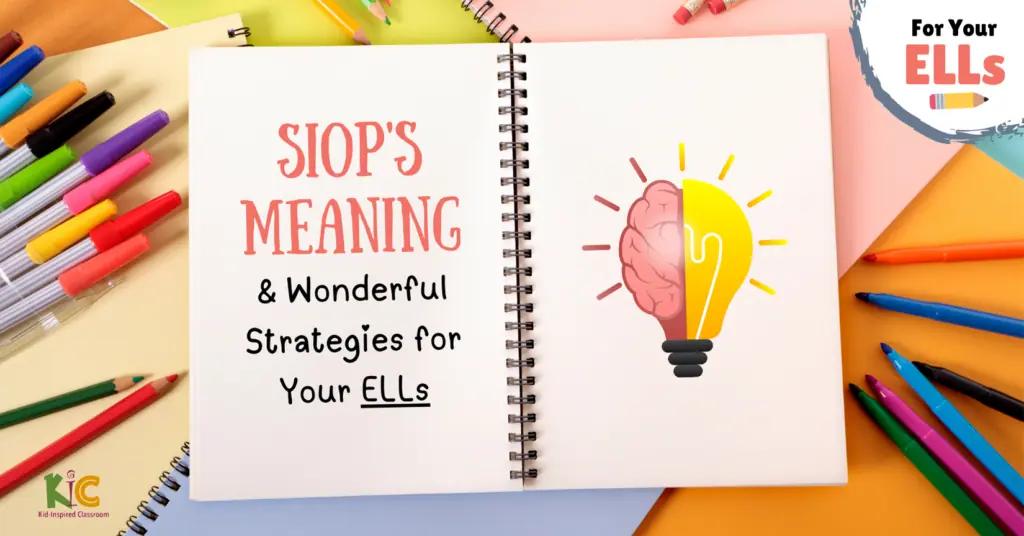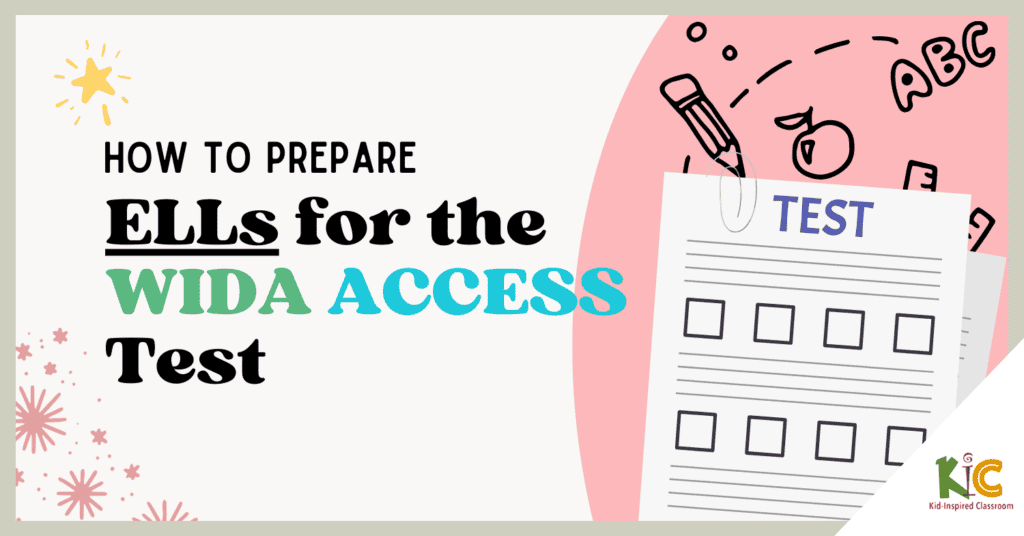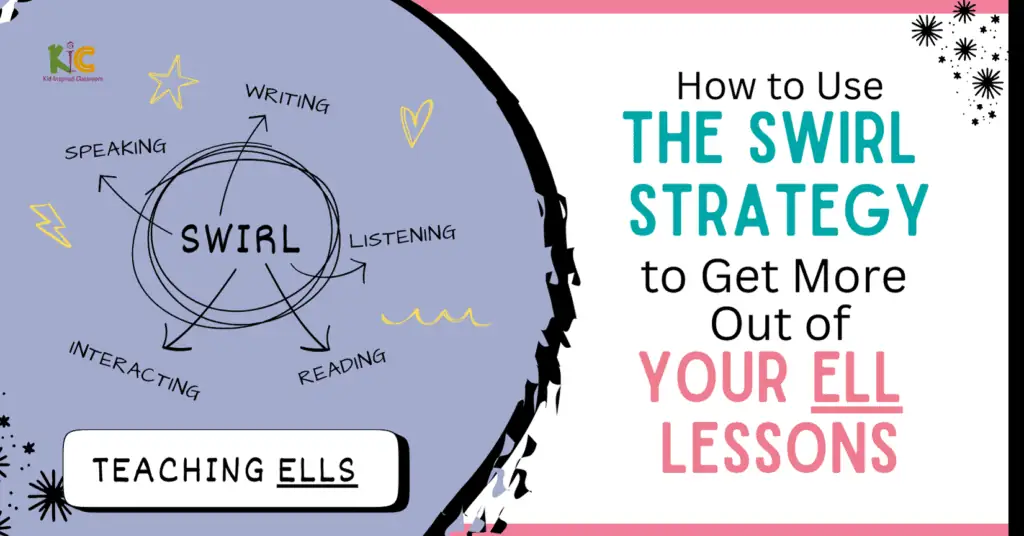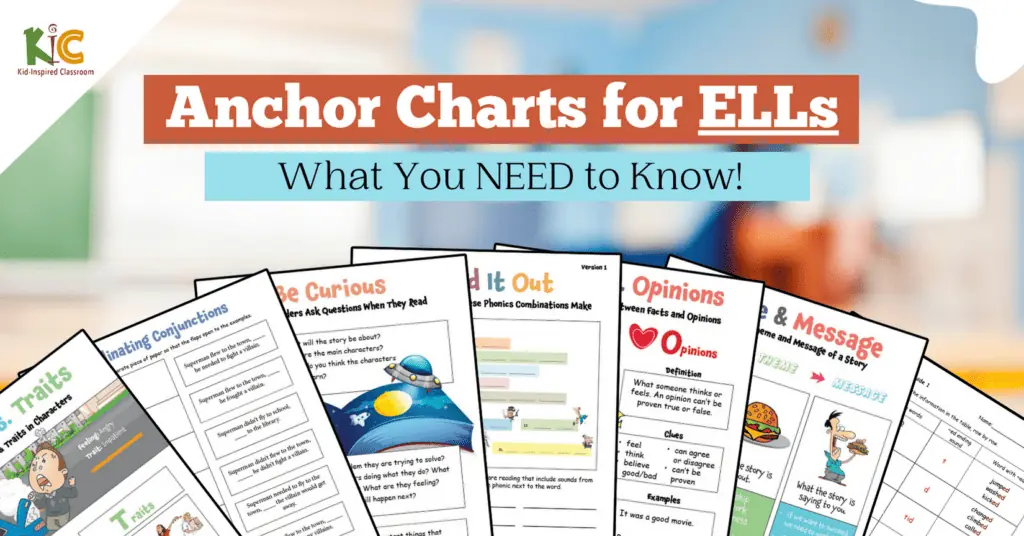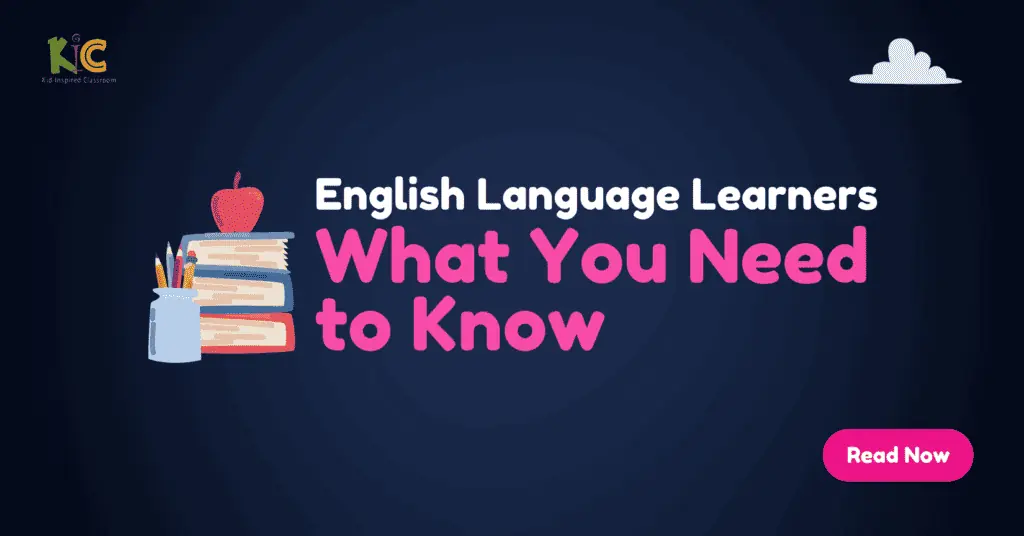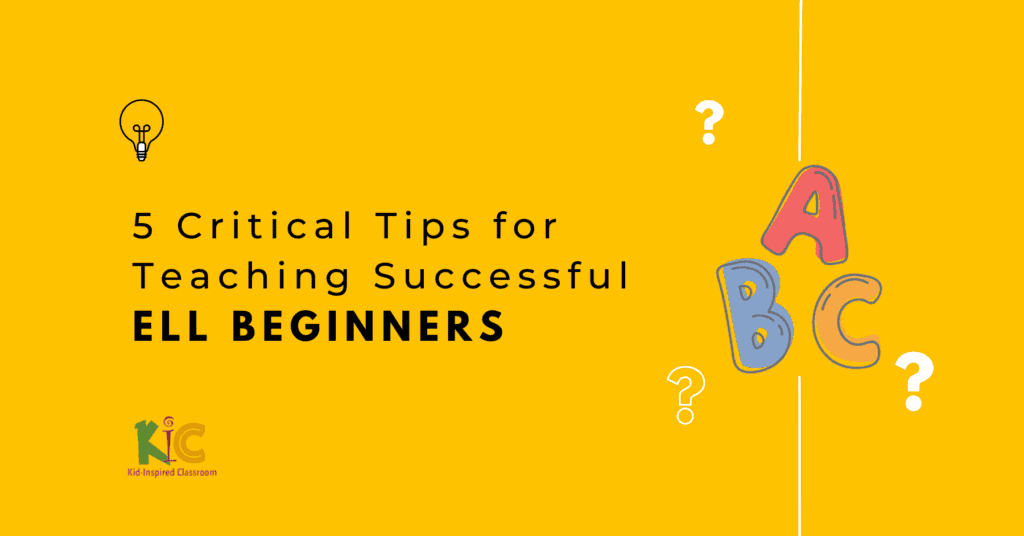
Teaching ELL beginners is so rewarding.
Everything you teach them at the beginning is immediately useful.
When they start, they can say and understand so little. They are illiterate.
Even if they know how to write English letters, they are incapable of doing much more than copying. You get to teach them some of their first words. You get to see their eyes light up when they begin to understand what you are saying. You get to watch as they begin sounding out words in their first English book.
It is an exciting time.
It can also be very difficult.
They really don’t understand a word you are saying. Some of them really don’t want to be there. Learning a language can be incredibly difficult for some of them and they fight you every step of the way.
As a teacher, you don’t always know what you should be teaching them and in what order; how much they know and how quickly they should be progressing.
You don’t want to get to the end of the year only to find out that they haven’t progressed nearly enough, and you don’t want to push them so hard that they are miserable.
All of the variables, doubts, and questions you have can make your job stressful, taking the joy out of the time you spend with your students.
I have learned a lot of lessons the hard way.
I didn’t have anyone to help me sort through the problems I was having or confirm when I was doing things well.
Very often, it was time that either confirmed or refuted the methods I was using in the classroom. Here are a few of the basic things that took me probably a little too long to learn about teaching ELL beginners.
- Speaking, listening, reading and writing need to progress together. Beginners Students who spend most of their time working on speaking and listening, end up avoiding reading and writing because they lack confidence and vice versa.
- Students who fall behind in reading, fall behind in everything. Reading is absolutely crucial to success in school for any student, but especially for English language learners. Classroom learning is full of text: the white board, textbooks, homework assignments, tests. When students struggle to read, they are severely crippled. They read very little of what is written and try to make do with other clues. Their confidence tanks and they shut down, misbehave, cheat or cry. By grade one, students should be reading over 30 words a minute (after mistakes have been subtracted) by themselves without help.
- Phonics are an incredibly helpful tool for students learning English. Students who learn phonics well are better readers, better spellers, and have better pronunciation.
- Some students get very good at hiding the fact that they don’t understand anything. Some students who don’t understand anything with their ears overcompensate with their eyes. They watch for the teacher’s gestures and parrot what the rest of the class is doing. If you are not careful, months can go by before you realize the student’s listening ability is severely stunted, and they have some really bad habits that are hard to break.
- Confidence leads to interest; interest leads to motivation. If your students are not motivated, it’s probably because they are not interested, and if they are not interested, it is probably because they lack confidence. They don’t think they can do it. It’s too hard. This means we have to present material incrementally enough that students aren’t overwhelmed and have them practice it so much that they think it is easy.
I have seen both tears and joys on the faces of the beginners I have taught, just as they have seen the tears and joys on mine.
There is nothing quite like teaching a child a new language.
Sometimes I think we are the luckiest people on earth.
I hope that in some small way I can help you see your job from that perspective as well.
